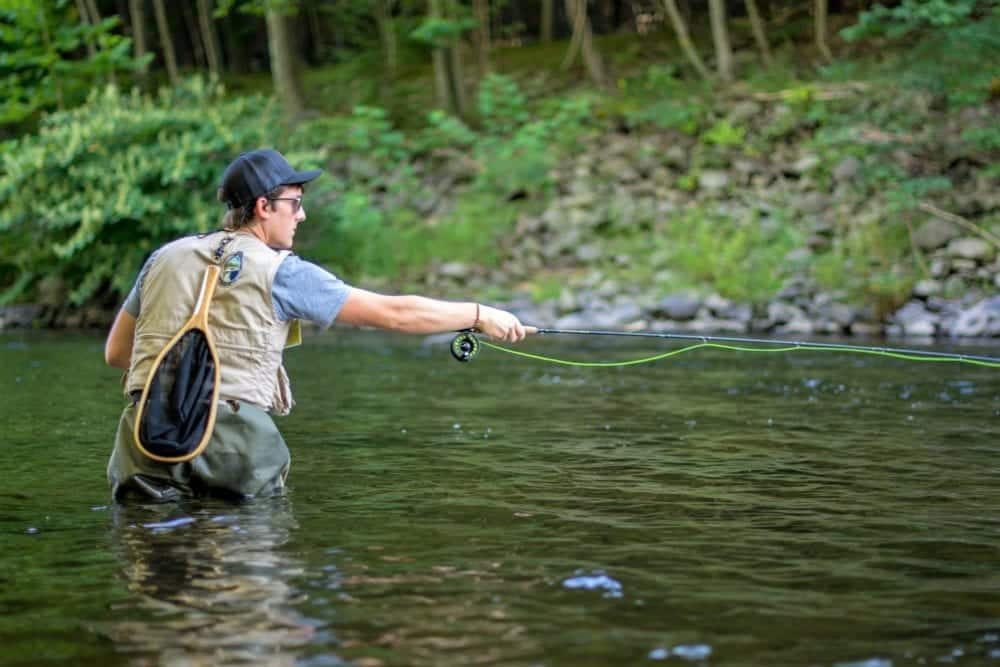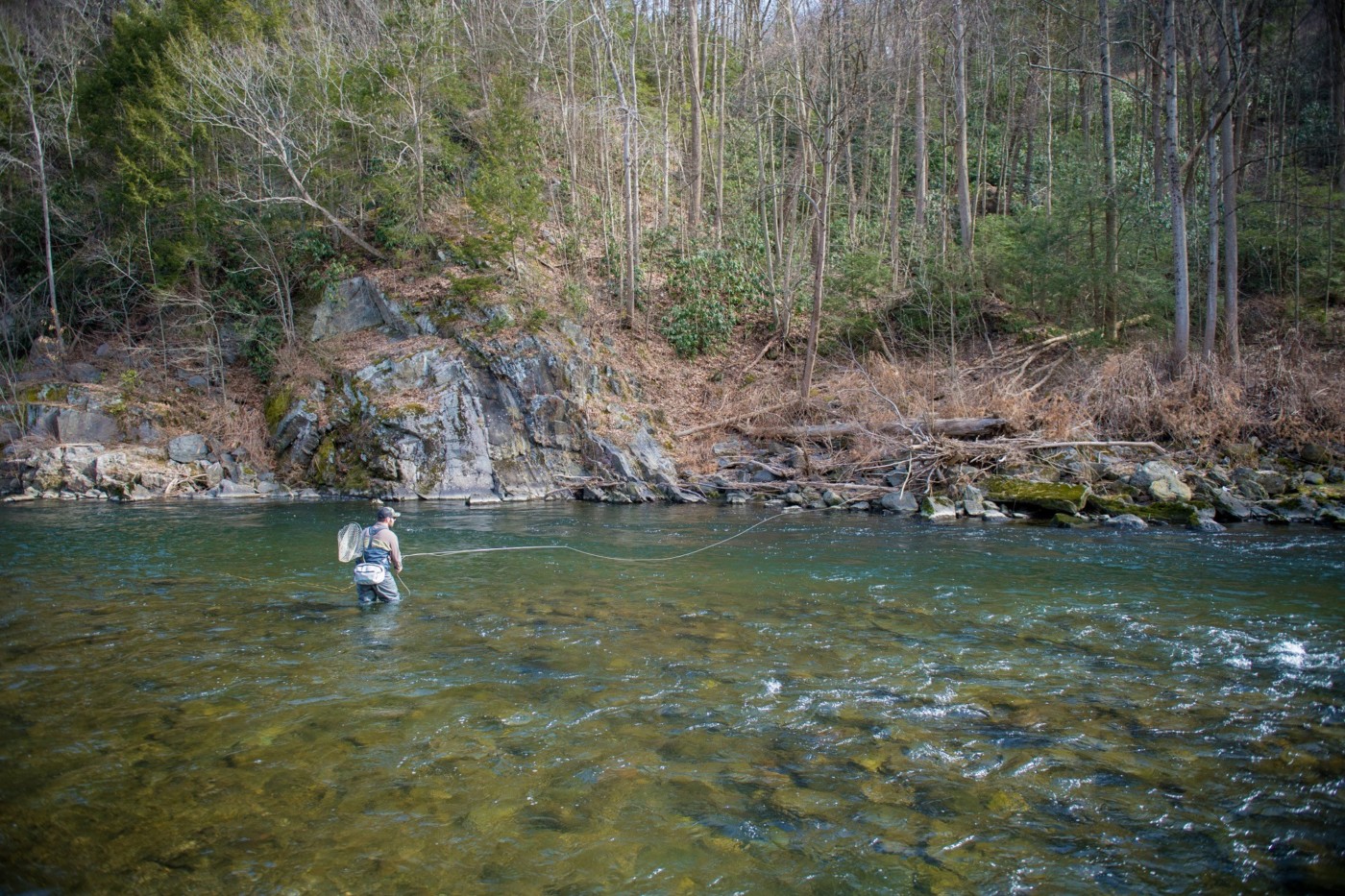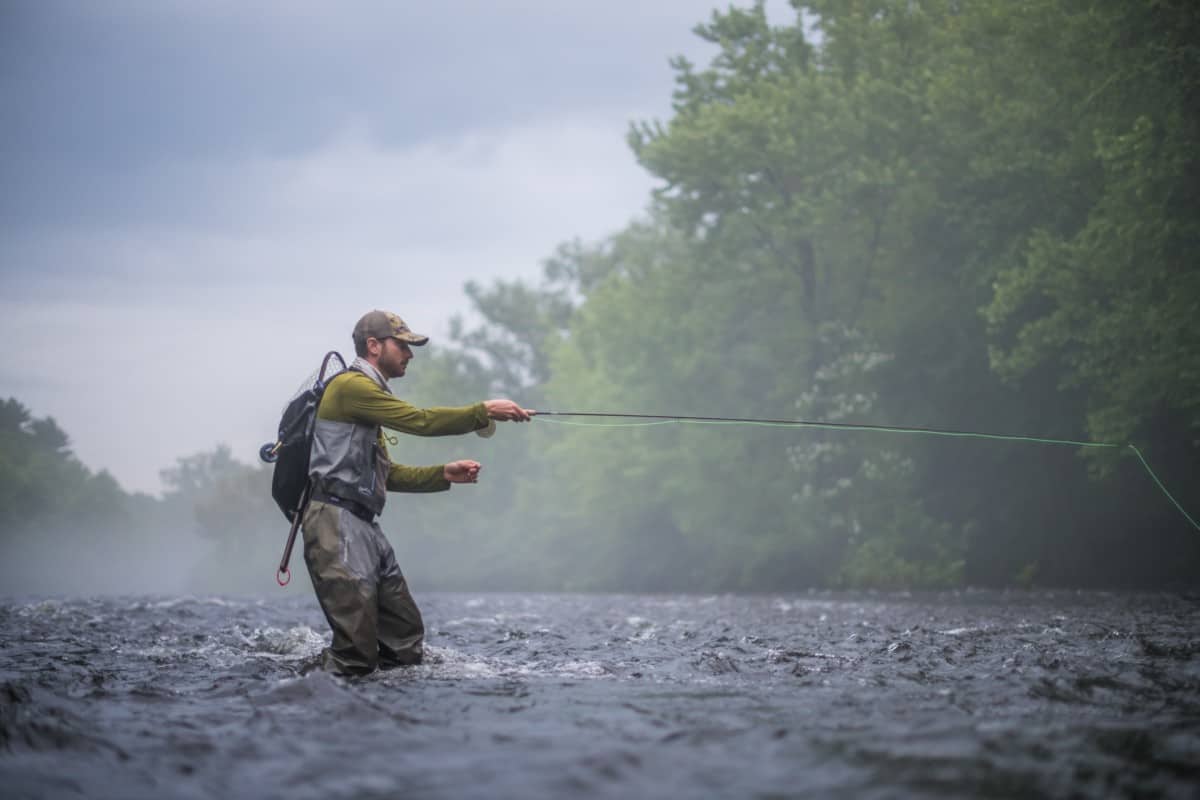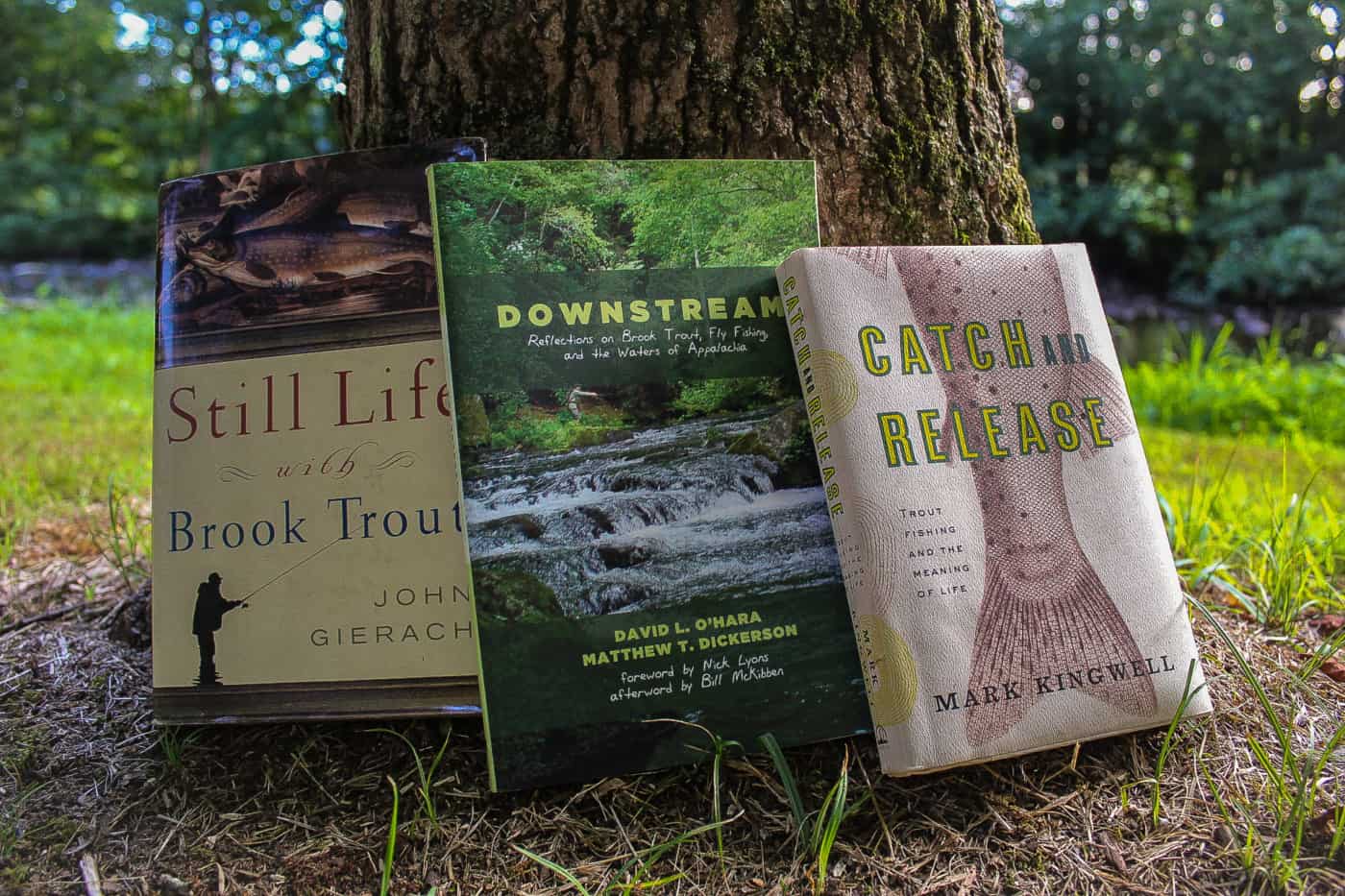How To Fly Fish Egg Flies
Many associate gaudy, articulated streamers with big trout, but it’s often eggs that yield the true giants of the deep.
Pound for pound, nothing has more protein in a trout’s diet than an egg. If there is a chance that fish (of any species) are spawning in a given waterway, odds are our quarry will be keying on eggs. As such, anglers should have an arsenal of egg flies on deck and ready throughout the season in order to capitalize on what the trout like best!
Here’s how to fly fish egg flies and some of our favorite egg fly patterns for winter trout or fall steelhead.
How To Choose The Right Egg Fly
Getting the color and size of an egg fly is just as important as it is with mayflies and midges. Good starting points are orange and light pink, with tweaks being made throughout the day. One of the great things about eggs is how easy they are to tie and how readily available they are.
Something that egg tiers like to do is experiment with different volumes of ‘egg’ material. The opacity of the flies results in different “looks” of the fly in the water and thus, more options for the days when fish are picky.
Most fly fishing egg flies are made in size #14 to size #8, with #14 being the smallest and #8 being the largest size hook. We typically start with a size #10 egg fly for steelhead and other large fish. We choose the larger hook size simply for the wider hook gap and thicker steel hook so that we get a solid hookset. However, it is worth noting that micro eggs are incredibly effective when fish are passing up the larger eggs.
If we are targeting smaller trout on streams with an egg in our nymphing rig we like to opt for micro eggs at size #14.
Hard Or Soft Egg Flies?
Some egg flies are made of a solid egg material while others are soft yarn and even rubbery soft plastic, such as the Otter’s Soft Egg. Your choice to use solid bead eggs versus soft eggs should come down to a variety of reasons.
First, take into account the lasting durability of the hard plastic eggs and how realistic some of them are. A few coats of UV resin can make a pretty convincing egg and can last dozens of fishing trips. On the other hand, soft plastic eggs that have a rubbery, squishy consistency do incredibly well but are rather easy to tear up, especially after catching a fish or two.
Second, decide how quickly you would like the egg flies to sink. Solid eggs and beaded yarn eggs have a fast sink rate, which is great in fast water and deep pools. But, if you’d prefer to have your eggs drift freely in the water column, a beadless yarn egg would be perfect addition as a trailer or positioned above a heavier nymph.

How To Fish Egg Flies
Fishing eggs can be somewhat different than conventional nymph rigs. In some ways, specific trout can be pinpointed feeding on eggs just like they can sipping mayflies.
When the egg bite is really on, a standard nymph rig might consist of two or three eggs below some weight. In this situation the brighter, and larger, egg is typically tied on first with a smaller fly trailing behind. One of the best trailing flies is a single egg in orange, pink, or cream color. It’s so light that even with weight above the point fly the single egg plays in the current in an almost weightless manner. This is important because, despite their high protein density, fish eggs weigh virtually nothing and move throughout the water freely.
Look for trout hanging below spawning fish. If these fish are moving to the left or right aggressively, it is a sign that they are feeding on eggs. An important note is to try not to fish over spawning fish, but rather the ones downstream feeding on eggs.
Once a fish is targeted, use short drifts with a lot of weight landing the flies right below the spawning fish. If done well, our offerings should sink fast and go right past trout feeding below!
Some of the best trophy trout anglers will say that it isn’t sculpins or mice that catch the biggest fish, but eggs. They can consistently be in a waterway and provide a steady stream of calories that make it worthwhile for fish of all sizes to feed.

Peach Egg
Here is an example of a lightweight egg pattern. It will toss and churn with the water freely as long as you add enough weight above or below it to get it down where the fish is.

Beaded Egg Fly
This weighted egg fly is great for getting near the bottom. If you’re looking to add just a single egg to your nymphing rig and not add any additional weight, having a beaded egg if incredible useful.
When To Fly Fish Eggs
While eggs are great fishing year-round, you’ll notice a big difference during the spawning seasons. When looking at the breeding seasons below, you won’t be fishing these exact species. In fact, you will be fly fishing the other fish that gather below the breeding grounds to feed on loose eggs that drift downstream. Just commit these seasons to memory as a guideline when eggs will be hot and abundant.
- Carp spawn from April to June in the shallow waters.
- Brook trout spawn from September into October.
- Brown trout spawn from October through December.
- Rainbow trout spawn from February through May.
Please keep in mind not to cast near, wade near, or fish spawning trout. These breeding fish are producing the next generation of trophy trout and don’t need the added stress or exhaustion of human interference.
Fly Fishing Made Easy 👍
Our Quarterly Fly Club ships 1,000’s of flies to anglers all across the United States. Receive curated fly assortments selected for the season with in-depth articles on how to fish them. Great for beginners to learn and for intermediates to discover new flies.














